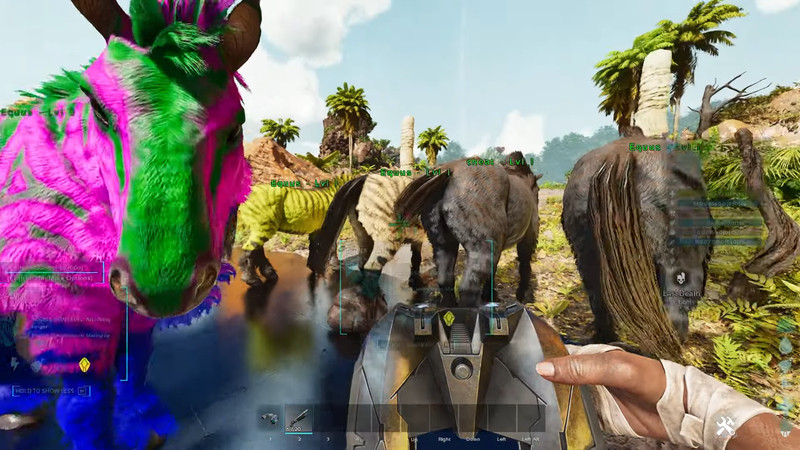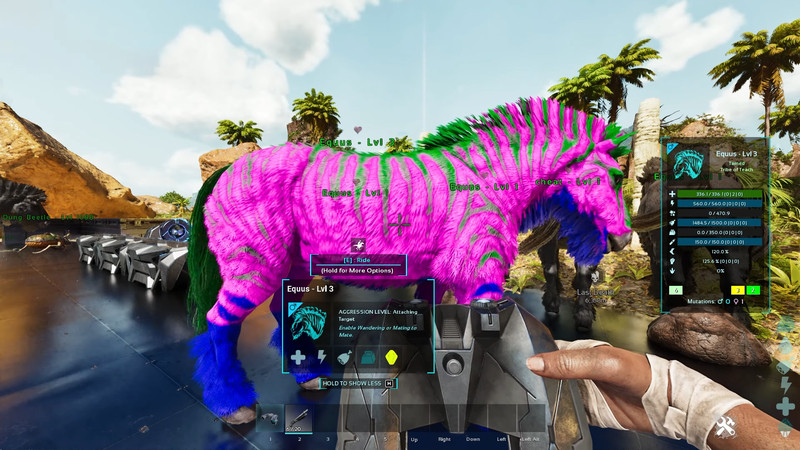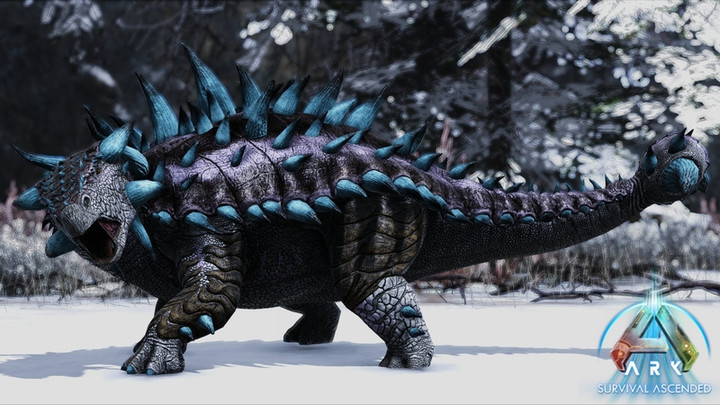As you continue your journey in ARK Survival Ascended and amass a collection of tamed dinosaurs, a natural inclination might be to explore the possibility of breeding your prehistoric companions and expanding your group. However, in doing so, there's a chance that you'll witness the emergence of a dinosaur sporting a mutation. If you're uncertain about the implications of these mutations for your newly hatched dinosaurs, don't worry; we've got you covered.
In the following guide, we'll delve into the intricacies of mutations in ARK Survival Ascended, shedding light on how they impact your dinosaurs and what you should understand about the overall influence these genetic variations have on your prehistoric allies. So, without any further delay, let's dive right into the fascinating world of dino mutations.
What Are Mutations in ARK Survival Ascended?
In ARK Survival Ascended, mutations are precisely what the name suggests – genetic anomalies that occur in the offspring when two dinosaurs breed. These mutations affect two crucial aspects of the baby dinosaur, much like real-life genetics: phenotypical (physical characteristics) and genotypical (genetic makeup).

Physically, a dinosaur with a mutation will exhibit vibrant and distinctive color patterns that stand out prominently compared to its parent dinosaurs. In many cases, these colors are so intense that they appear neon-like, making it easy to identify a mutated dinosaur. Genetically, the mutation pertains to the dinosaur's statistics, resulting in variations in specific attributes compared to those of its parents.
The underlying mechanics of mutations in ARK Survival Ascended can be pretty intricate. For in-depth statistical breakdowns and detailed numbers, you can refer to the wiki entry here. However, on a high-level overview, mutations work as follows: a dinosaur with a mutation will gain a level increase, typically around +2, and subsequently, a stat boost (although it can occasionally lead to a decrease or no change, albeit with a lower probability).

For example, if two regular dinosaur parents at level 1 breed, their baby might be born at level 3 with an increased health status. If the parents had 140 HP, the baby might have 235 HP. This is a simplified illustration, but it encapsulates the fundamental principles of how mutations operate: offspring at a higher level than their parents, one stat with an increase thanks to the gained levels, and distinct colors compared to the parents.
Understanding this is vital, especially when breeding high-level dinosaur parents, as it offers the potential for offspring to inherit a significant strength boost and a particular stat enhancement. This knowledge is particularly valuable when planning to breed specific dinosaurs for designated tasks like protection, transportation, or farming.
In summary, this is a condensed overview of how mutations function in ARK Survival Ascended. While simplified, armed with this knowledge, you'll be equipped to identify mutated dinosaurs, assess how mutations have affected them, and determine their suitability as valuable companions during your adventures on the islands of ARK Survival Ascended.

 No ads, our video library,
No ads, our video library,

